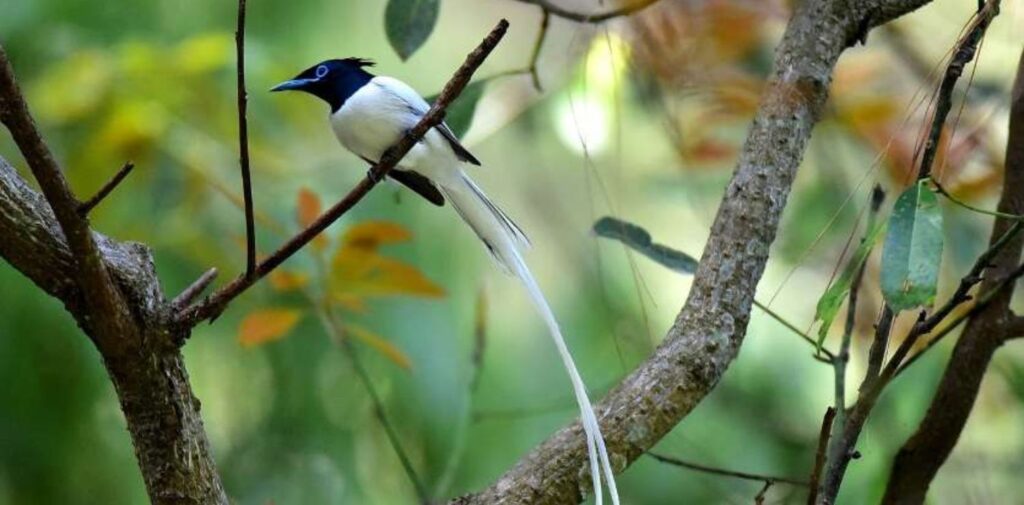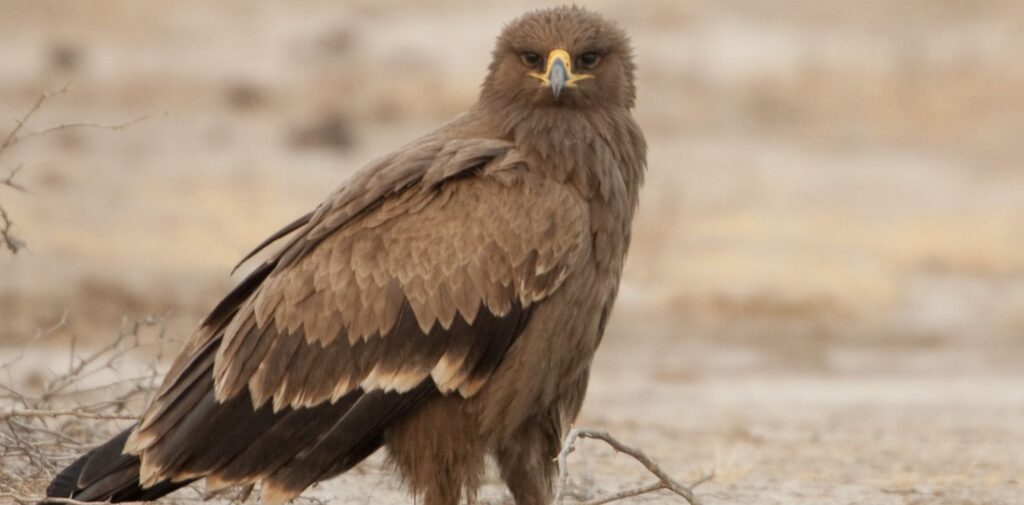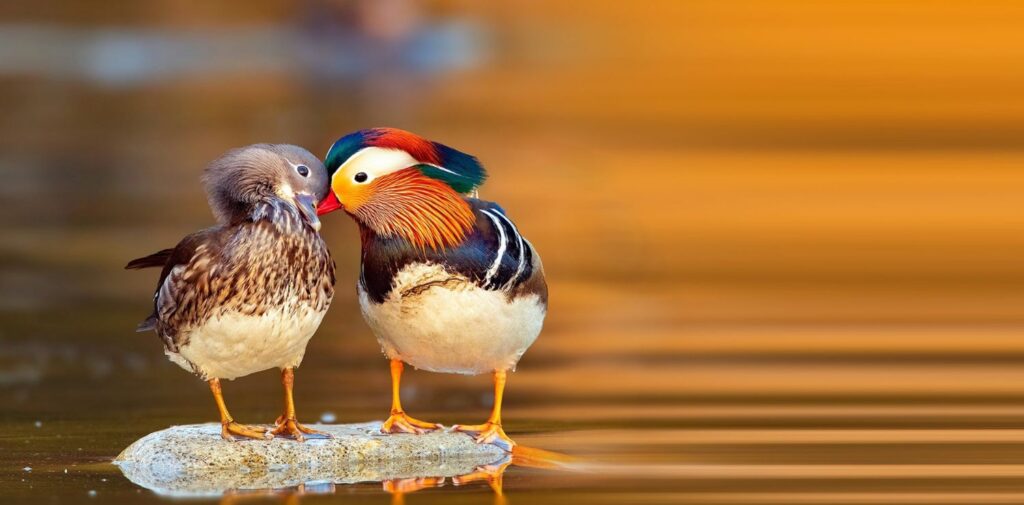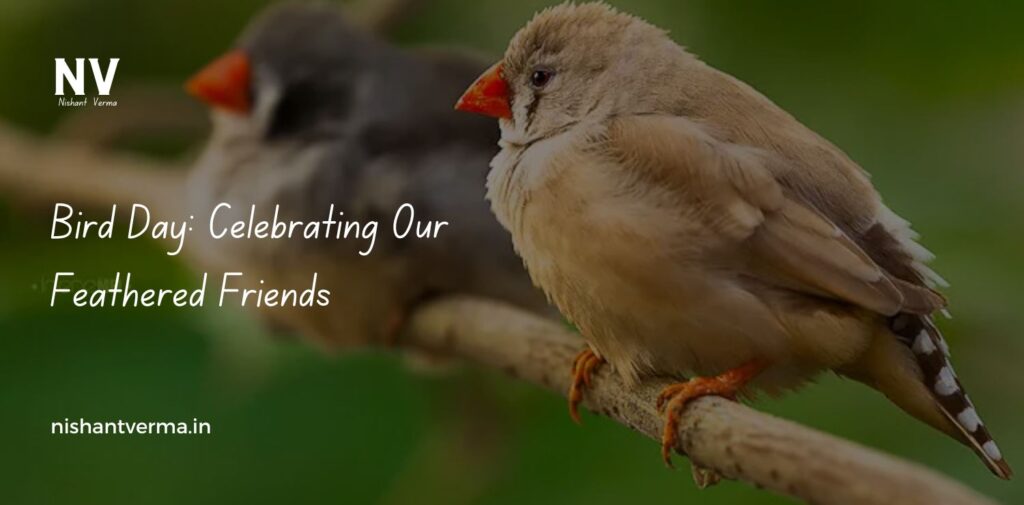Birds are among the most fascinating creatures on Earth. With their beautiful colors, unique songs, and incredible ability to fly, they have captured the imagination of people for centuries. In India, where biodiversity is rich and varied, birds hold a special place in our culture, ecosystem, and daily lives. Bird Day, celebrated on January 5th, is a day to appreciate these amazing creatures and raise awareness about the importance of bird conservation.
In this article, we will explore why Bird Day is important, how birds impact our environment, and what we can do to protect them. We will also discuss the diversity of birds in India and why it’s essential to preserve their habitats for future generations.
What is Bird Day?
Bird Day is a day dedicated to celebrating birds and educating people about their importance. While different countries observe Bird Day on different dates, January 5th is widely celebrated in several parts of the world. The day highlights the role that birds play in the environment and how humans can take action to protect these beautiful creatures.
The celebration of Bird Day started in the United States in the early 20th century but has spread to various countries over the years. In India, where a diverse range of bird species can be found, Bird Day is an opportunity to teach children and adults about the significance of birds in maintaining ecological balance.

The Importance of Birds in Our Environment
Birds are an essential part of the natural world, contributing to various aspects of the ecosystem. Here’s why birds are so important:
- Pollinators and Seed Dispersers: Birds play a key role in pollination, helping plants reproduce. Many bird species feed on nectar from flowers, transferring pollen from one flower to another as they move. This process helps plants produce fruits, seeds, and new plants, contributing to the growth of plant life in the ecosystem. Similarly, birds also help in seed dispersal. When they eat fruits, seeds pass through their digestive systems and are deposited far from the original plant. This aids in the spread of plant species, helping forests and other ecosystems grow.
- Pest Control: Birds act as natural pest controllers. Insects, rodents, and other small creatures form a part of many birds’ diets. By keeping these populations in check, birds prevent the overgrowth of harmful pests that can damage crops and plants. For example, birds like crows and sparrows eat insects that would otherwise damage crops, making them natural allies for farmers.
- Indicators of Environmental Health: Birds are excellent indicators of the health of an ecosystem. Their behavior, population numbers, and migration patterns can provide valuable insights into the state of the environment. A decline in bird populations can signal issues such as habitat loss, pollution, and climate change. Monitoring birds helps scientists and conservationists assess the health of our environment and take necessary actions to protect it.
- Cultural Significance: Birds also have a special place in human culture. In India, birds are often symbols of peace, beauty, and freedom. The peacock, for example, is the national bird of India and is considered a symbol of grace and elegance. Birds feature in many myths, legends, and traditions, and their songs inspire poets, artists, and musicians across the country.
Birds in India: A Rich Diversity
India is home to over 1,300 species of birds, making it one of the most bird-rich countries in the world. The country’s diverse landscapes, from the Himalayan mountains to the coastal regions and tropical forests, provide a wide range of habitats for different bird species. Some of the most famous birds in India include:
Peacock (Pavo cristatus)
The peacock, India’s national bird, is known for its striking beauty and vibrant tail feathers. It is found throughout India, particularly in forests and grasslands. The peacock’s colorful plumage is often a symbol of India’s cultural richness.
Indian Eagle (Aquila nipalensis)
The Indian eagle is a powerful bird of prey found in various parts of India, including the Himalayan region. Eagles are known for their strength, sharp vision, and ability to soar high in the sky.

Flamingo (Phoenicopterus)
The flamingo is known for its distinctive pink feathers and long legs. These birds are often seen in large flocks in coastal regions and wetlands. In India, flamingos can be found in places like the Rann of Kutch in Gujarat.
Great Indian Bustard (Ardeotis nigriceps)
Once widespread across India, the great Indian bustard is now critically endangered. This large bird is found in open grasslands and semi-desert areas. Conservation efforts are being made to protect this iconic species.
Kolkata’s Famous Bird – The Indian Spot-billed Duck (Anas poecilorhyncha)
Kolkata, known for its rich birdlife, is home to many species of migratory birds. The Indian spot-billed duck is one such bird that can be found in the wetlands around the city. These ducks are a beautiful sight during the migratory season.
These are just a few examples of the many bird species found in India. The country’s rich diversity of birds is a testament to its importance as a global hub for birdwatching and conservation efforts.
Threats to Birds
While birds play a crucial role in our ecosystem, they face numerous threats, many of which are caused by human activities. Some of the most significant threats to birds include:
- Habitat Destruction: As urbanization and industrialization continue to grow, the natural habitats of birds are being destroyed. Forests, wetlands, and grasslands are being cleared for agriculture, infrastructure, and urban development. This leads to a loss of suitable nesting sites, food sources, and migration routes for many bird species.
- Climate Change: Climate change is another major threat to birds. Rising temperatures and changing weather patterns affect the availability of food, water, and suitable habitats for birds. For instance, migratory birds rely on specific climatic conditions for their journeys, and changes in the timing of seasons can disrupt their migration patterns.
- Pollution: Pollution, both air and water, affects bird populations. Toxic chemicals, plastic waste, and other pollutants can harm birds directly. Birds may ingest harmful substances or become entangled in plastic waste, leading to injury or death. Furthermore, pollution can damage the ecosystems that birds depend on, such as wetlands and forests.
- Illegal Hunting and Trade: In some parts of India, hunting and illegal trade of birds are still prevalent. Many birds, especially those that are exotic or rare, are captured for the illegal pet trade or for sport. This has led to a decline in some bird species, pushing them toward extinction.

How to Celebrate Bird Day in India
Bird Day is a perfect opportunity to learn about and take action to protect birds. Here are some simple ways to celebrate Bird Day in India:
- Go Birdwatching: If you live near a park, forest, or wetland, spend the day observing birds. Birdwatching is a fun and educational activity that allows you to learn about different species. You can take a pair of binoculars, a field guide, and a notebook to record your observations.
- Support Conservation Efforts: Consider donating to or volunteering with organizations that work to protect birds and their habitats. Many wildlife conservation groups in India focus on protecting endangered species, restoring habitats, and raising awareness about bird conservation.
- Create a Bird-Friendly Garden: You can make your home more bird-friendly by planting native trees and flowers that provide food and shelter to birds. You can also set up bird feeders and birdbaths to attract birds to your garden.
- Raise Awareness: Spread the word about Bird Day and the importance of protecting birds. Share information on social media, organize local events, or talk to friends and family about the need for bird conservation.
Conclusion
Bird Day is a wonderful occasion to celebrate the beauty and importance of birds in our world. In India, where the diversity of bird species is unmatched, it is crucial that we take steps to protect these creatures and their habitats. By raising awareness, supporting conservation efforts, and making small changes in our daily lives, we can help ensure that birds continue to thrive for generations to come. So, on Bird Day, take a moment to appreciate the birds around you and think about how you can contribute to their protection.




